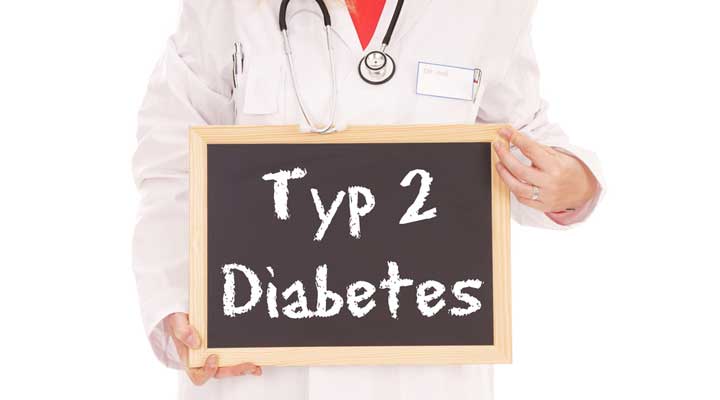The most common form of diabetes, type 2 is a condition in which blood sugar remains at a higher level than it should. Also known as hyperglycemia, type 2 diabetes means the body is not using insulin the way it should. Understanding what causes the disease can help people prevent and treat it effectively.
An Overview
The pancreas is in charge of making insulin, which is a hormone that helps to regulate how much sugar is in the blood. Sugar must leave the bloodstream and enter cells so it can be used for energy. Insulin is essentially the key that unlocks cells so glucose – the sugar – can enter those cells.
People with type 2 diabetes are able to make insulin, but either they do not make enough or their bodies are unable to use it effectively. This phenomenon is also called insulin resistance, and scientists have yet to determine why some people develop it and some do not. What is known that as a result of the condition, there is a buildup of glucose in the bloodstream and the body’s cells stop performing the way they should. This can cause dehydration, damage to cells and even a diabetic coma.
Causes of Type 2 Diabetes
Technically, anyone can develop type 2 diabetes. However, some people will be at a higher risk of the condition, such as the following:
People who have been diagnosed as prediabetic
- People who do not exercise
- People who are overweight or obese
- People who have high blood pressure, low HDL cholesterol or high triglycerides
- People who are older then 45
Researchers have also found that someone is more at risk of developing type 2 diabetes if they have family members who have been diagnosed with it.
The Signs and Symptoms
It is possible to live with type 2 and not know it, as some people do not experience any symptoms. Additionally, the signs can vary from person to person, but they often include having a dry mouth or an increased thirst and hunger, fatigue, blurred vision and sores that are slow to heal. Some people experience tingling or numbness in the hands and feet as well as frequent skin infections.
The Effects
Anyone who has symptoms of type 2 diabetes should immediately consult with a physician, as the condition can lead to serious complications. For example, many people who are type 2 diabetic have eye problems because of the damage to the cells in the eye. The disease, when left untreated, can also result in kidney damage, nerve damage and poor blood circulation. In extreme cases, people may fall into a diabetic coma.
Treating Type 2
After a diagnosis, a physician may recommend several options for treatment depending on the patient’s specific circumstances. One of the most common solutions is to make sure the diabetic is eating a healthy diet full of nutrient-rich foods such as whole grains, fruits and vegetables. Type 2 patients will need to stay away from foods that are high on the glycemic index, such as candy and refined carbohydrates.
A doctor may also suggest that the patient begin an exercise regimen. Doing physical activity for at least 30 minutes a day can help someone lose weight and bring their blood sugar back under control.
Diet and exercise alone are sometimes enough to help someone overcome the condition. Others may need the help of medications or insulin therapy. While medications may be taken orally, insulin will need to be injected into the body in order for it to work effectively.
In some cases, a doctor may suggest bariatric surgery. Patients who have a body mass index that is greater than 35 may be good candidates for the procedure, however they should take into account the risk factors involved.
Preventing Type 2 Diabetes
The best way to prevent type 2 diabetes from developing is to manage weight, diet and exercise. Working with a physician to develop a plan is often the first line of defense, especially for people who have been diagnosed as prediabetic. A doctor may also prescribe medications to improve the odds of keeping type 2 diabetes at bay.
Study after study has shown that lifestyle changes are key to both preventing and treating type 2 diabetes. After recognizing the risk factors and symptoms, patients should speak with a doctor and a dietitian to put together a plan of action to get healthy and stay that way.
